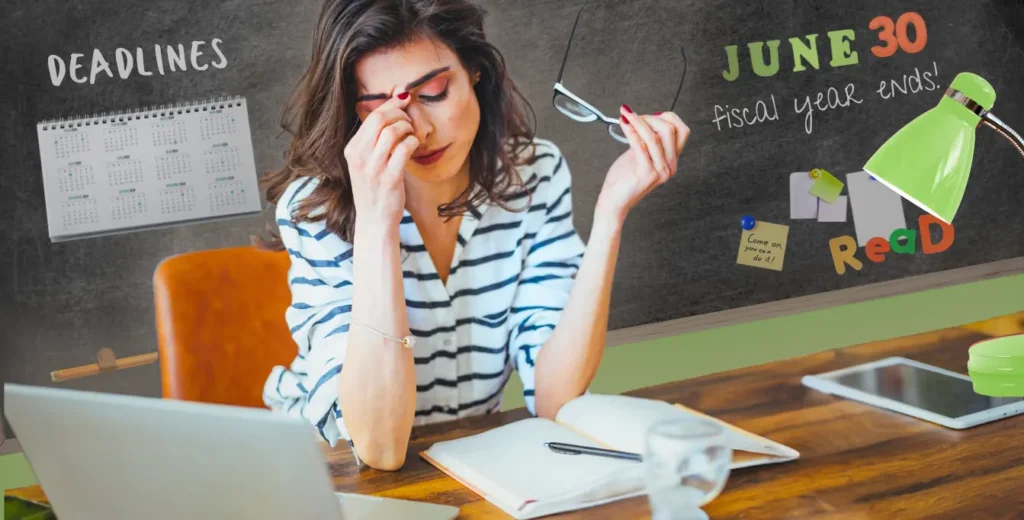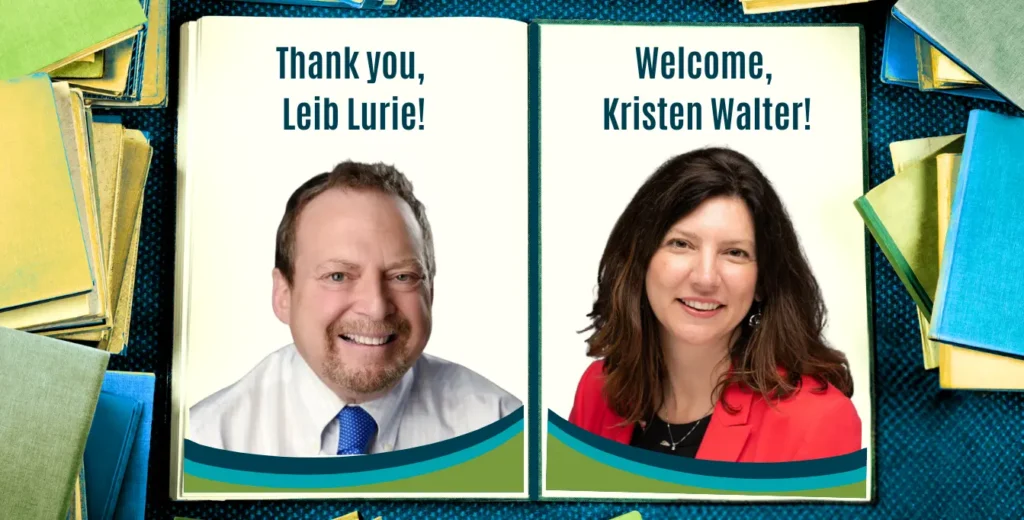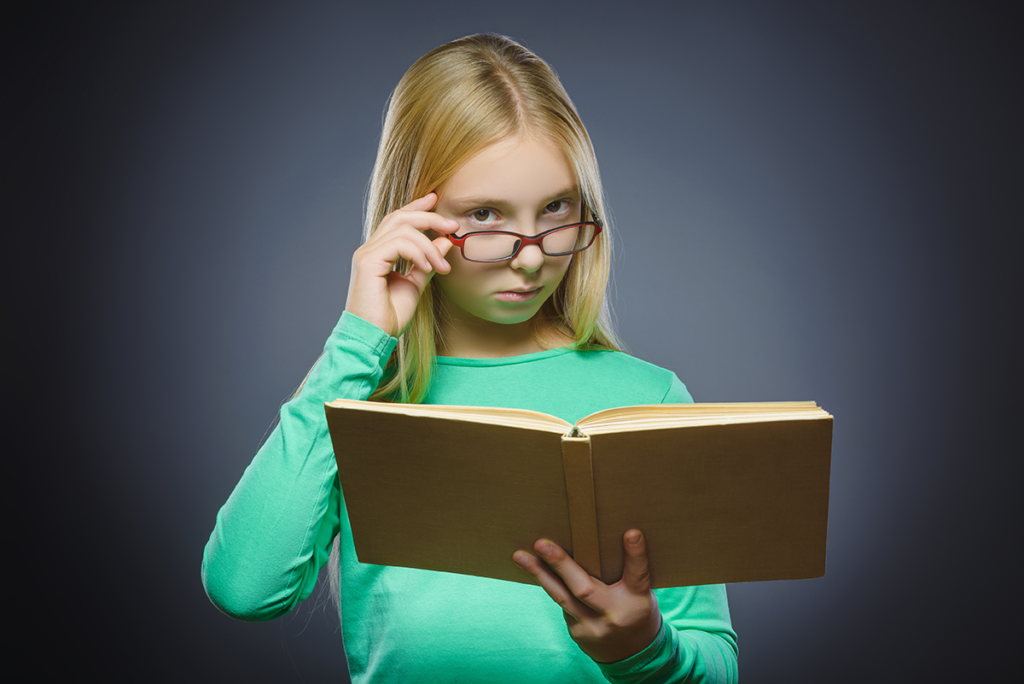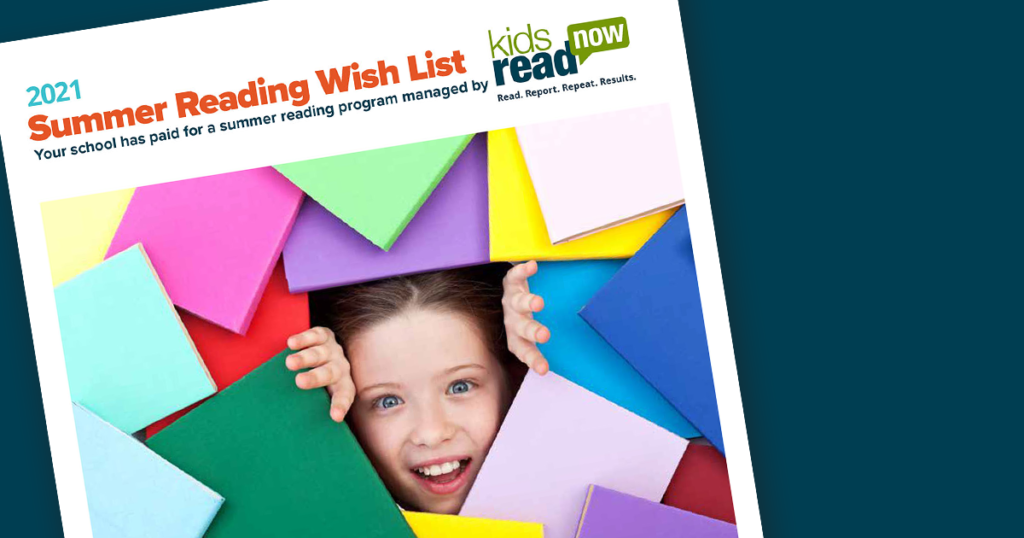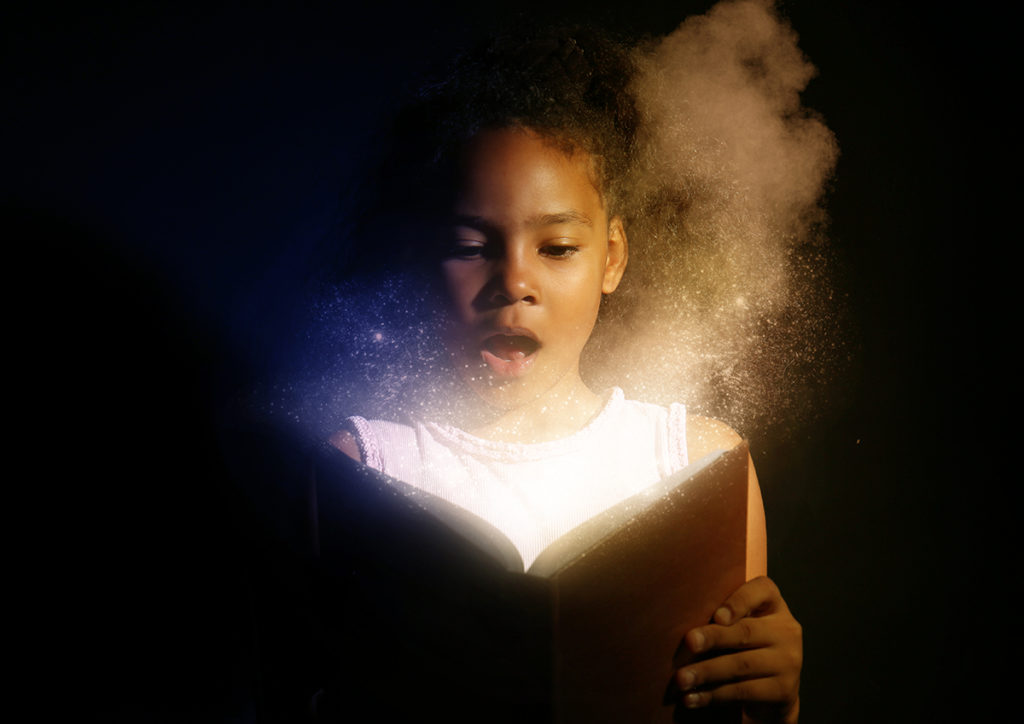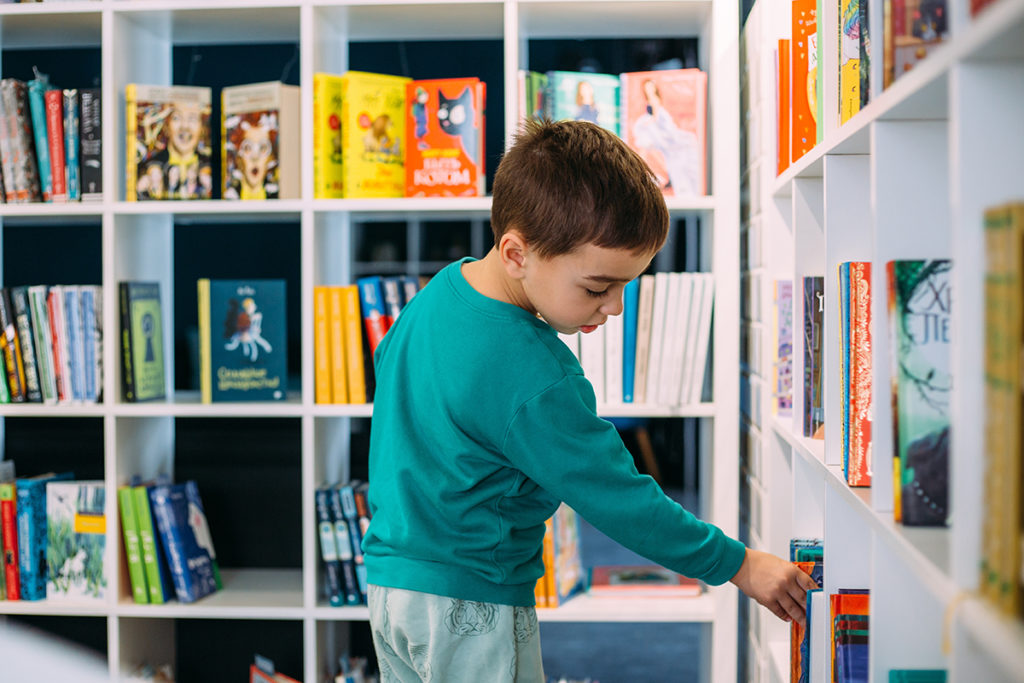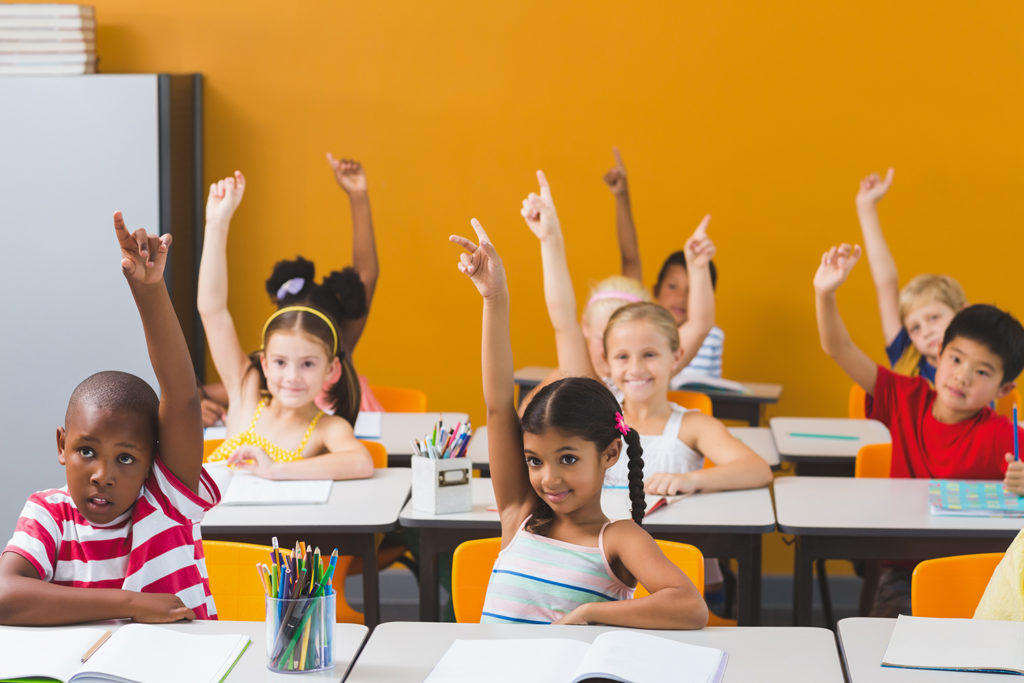District Leaders: Secure Your Budget For Summer and Beyond — Before It’s Too Late
Allocate any and all funding resources before they expire! The academic year is done. The bell rang on the last day of school and your students ran out the front door. Now, they’re busy enjoying their summer “break.” But for you, the race against time only intensifies. That is to say, you’re facing looming deadlines […]
District Leaders: Secure Your Budget For Summer and Beyond — Before It’s Too Late Read More »

